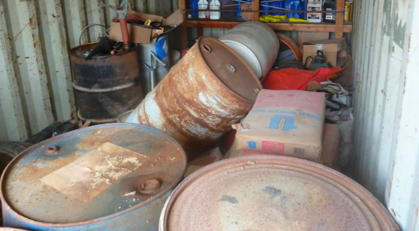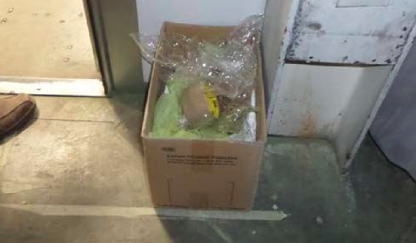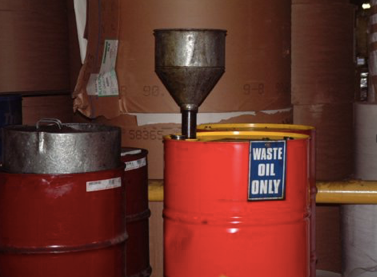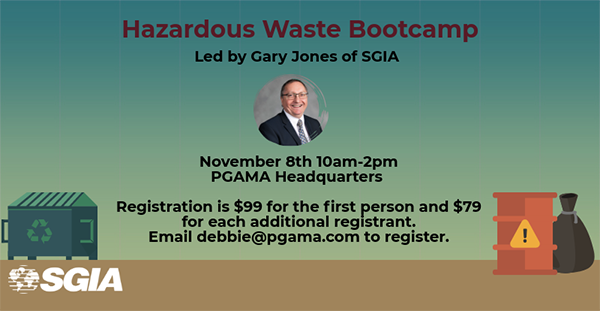Every printing organization generates hazardous waste, and with the changes in the Environmental Protection Agency (EPA) regulations, you want to be sure you are handling waste properly. This upcoming workshop will arm you with the most relevant and up-to-date knowledge needed to meet requirements that will keep your organization out of trouble. Here are the top 10 hazardous waste facts to make sure you're handling waste accurately.
1. The treatment, storage, and disposal of hazardous waste is regulated under the Resource Conservation and Recovery Act (RCRA). RCRA was passed in 1976. The purpose of RCRA is to develop a comprehensive system and federal/state infrastructure to manage solid hazardous and nonhazardous waste.

2. Printing operations that produce waste are called generators. Generators of hazardous waste are responsible for their waste from “cradle-to-grave”. If a disposal company mismanages waste and causes contamination, then the printing operation can be held financially responsible for the clean up.
3. In 2017, EPA revised the requirements for hazardous waste generators. There were over 60 changes to the hazardous waste generator regulations that clarify existing requirements, increase flexibility, and improve environmental protection.
4. Most printing operations do not have a clear understanding of which hazardous wastes they are generating. All waste streams need to be classified as being hazardous, nonhazardous, or universal wastes. You must maintain documentation of the determination for hazardous wastes is required.

5. Do you know your generator status? There are three categories: Very Small Quantity Generator, Small Quantity Generator, and Large Quantity Generator. The designation is based on how much hazardous waste your facility generates per calendar month.
6. Employees engaged in the collection and management of hazardous wastes must be trained in identifying hazardous wastes and proper management of them. The level of training is based on the generator status of the facility.
7. All hazardous wastes shipped by Small and Large Quantity Generators must be accompanied by a Hazardous Waste Manifest and Land Disposal Restriction or land ban form. EPA has adopted an electronic manifest system that is being phased in over the next several years. Do you have copies of your manifest and land ban form?
8. Containers used to collect hazardous waste must be managed properly labeled and dated, , keeping them closed, and for Small and Large Quantity Generators, weekly inspections. Many printing operations are not managing the collection containers properly.
9. Universal wastes, a subset of hazardous wastes, enjoy relaxed regulatory requirements, if they are recycled. These wastes include florescent and other mercury containing lamps, thermostats, certain types of batteries, and some used electronic devices. They must be collected in designated containers, properly labeled, and dated. They need to be sent off-site for recycling within a year.

10. Used oil must be collected in a properly labeled container that is always kept closed unless being filled or drained. While EPA does not regulated used oil as a hazardous waste, some states classify the waste a “state only” hazardous waste and require it to be managed as such.
Hazardous Waste Bootcamp registration is $99 for the first person and $79 for each additional registrant. Email debbie@pgama.com to register.

